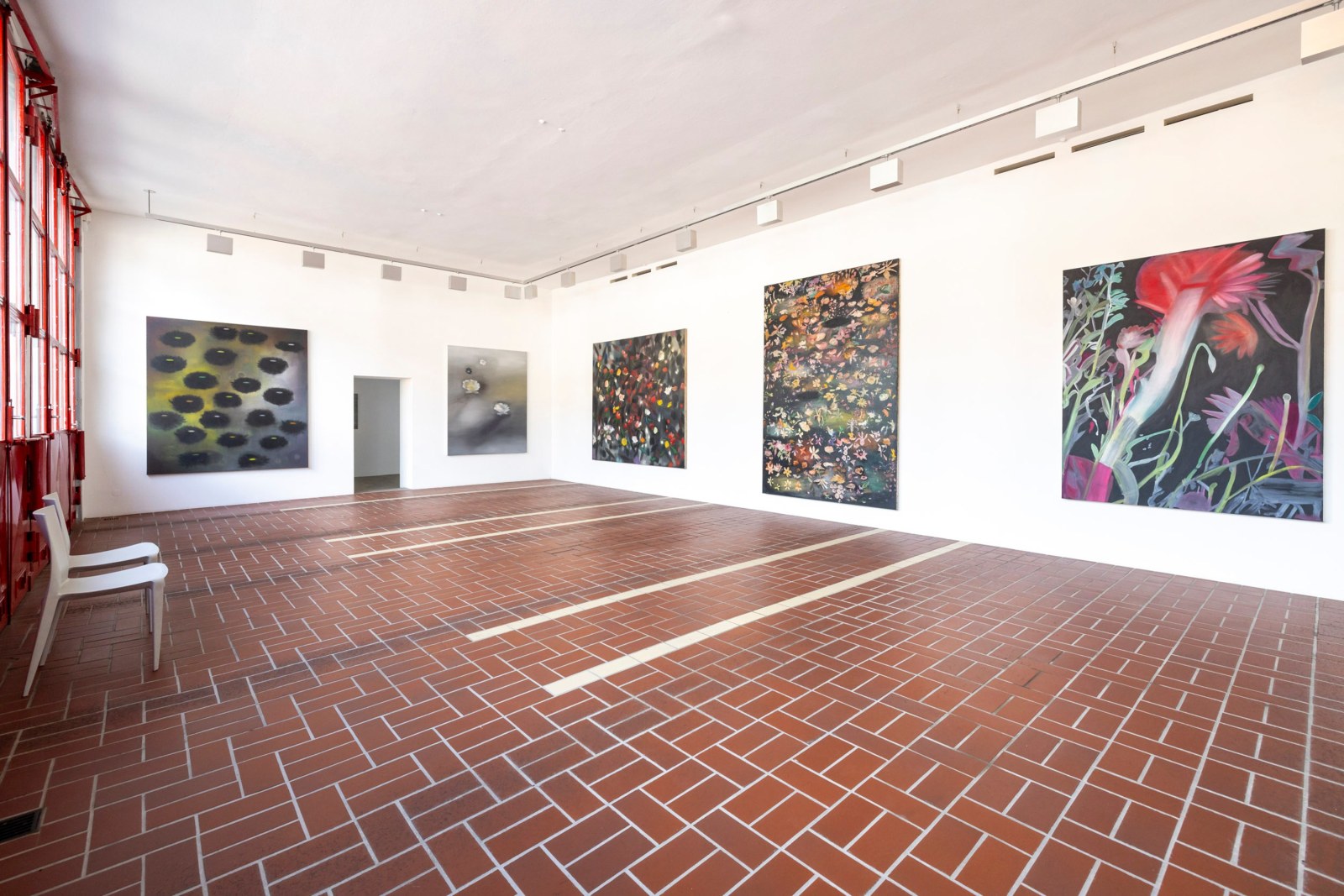
Flowers - Flowers
The flower paintings from the Jablonka Collection that we are showing date from the years 1995 to 2022, i.e. were created during different periods of the artist's career.
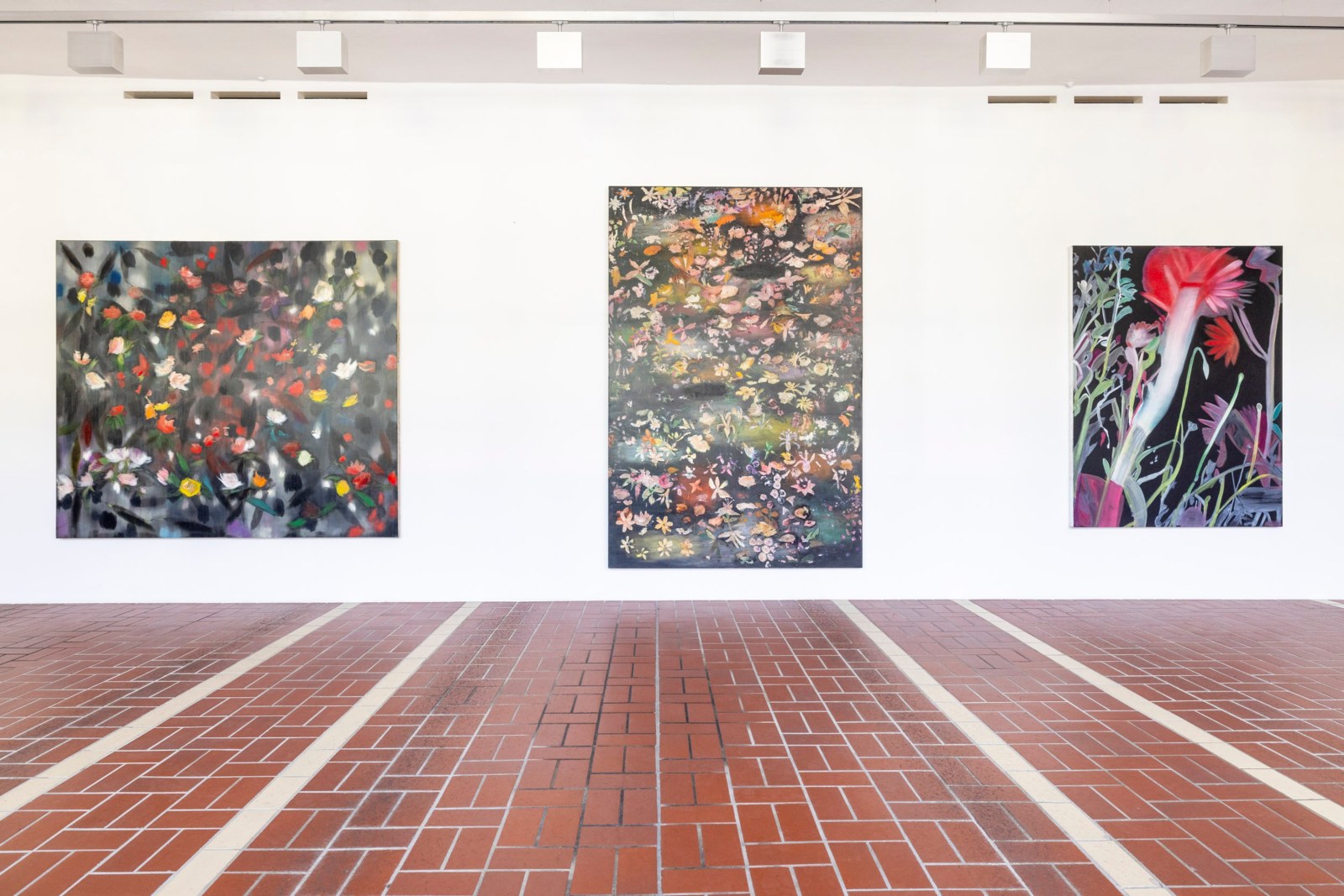
"I have been painting flowers for a long time, but I don't see them as flowers. They have to do with the passing of time and transience," says the artist himself. Flowers that seem to float on the background, a floral explosion on a dark background, bold colors, blurred shapes - and always reflections of light that flash out of the darkness.
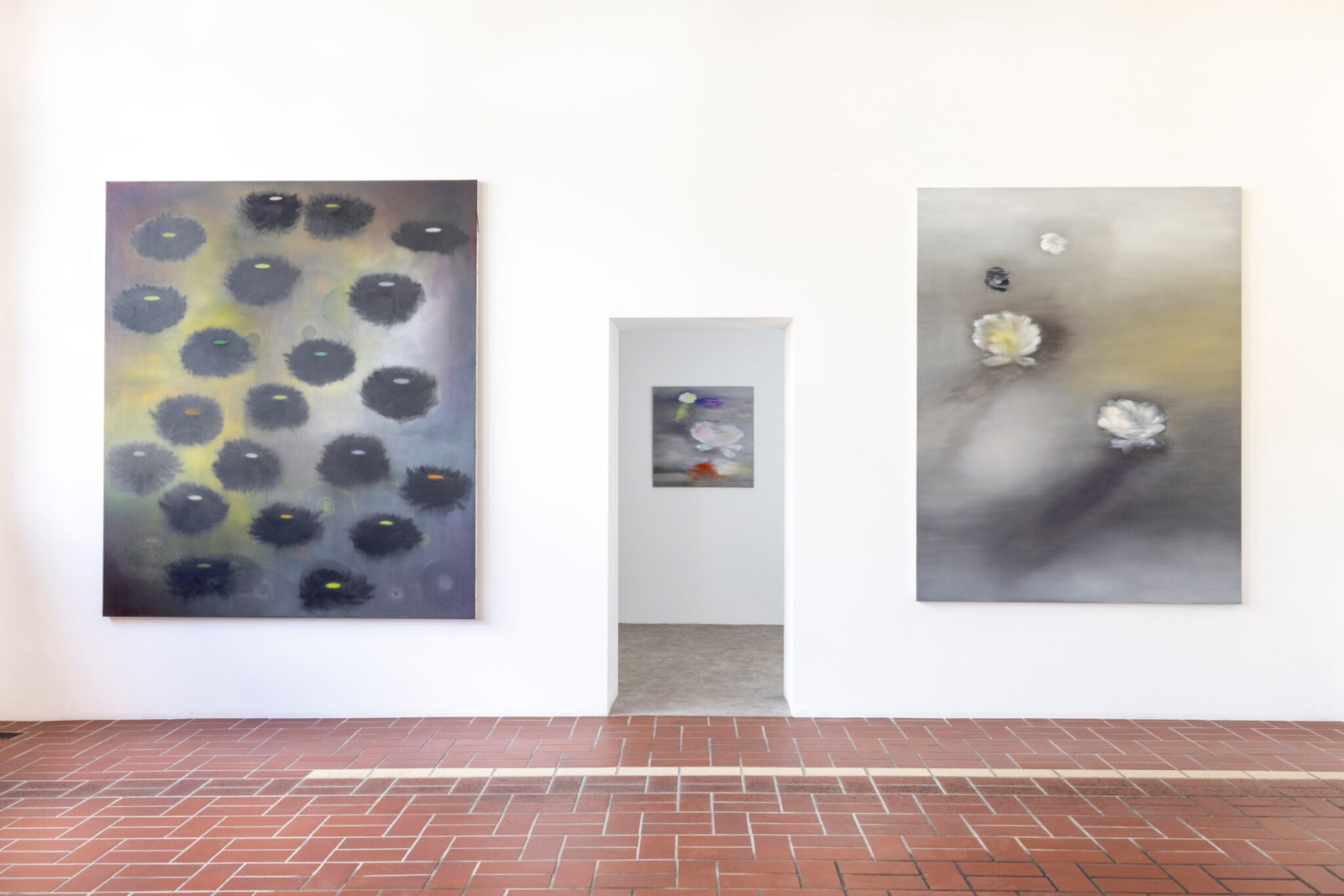
Behind this are existential themes: the transition from blossoming to decay, the living and mortality. Since his artistic beginnings in the late 1970s, Ross Bleckner has reacted to current events in his surroundings in his paintings. The AIDS epidemic, to which he lost many of his homosexual friends, his father's cancer and death, his sister's schizophrenia - Bleckner deals with all of this artistically. More recently, the process of ageing has also been part of his work, which, as he says himself, fills him with dread.
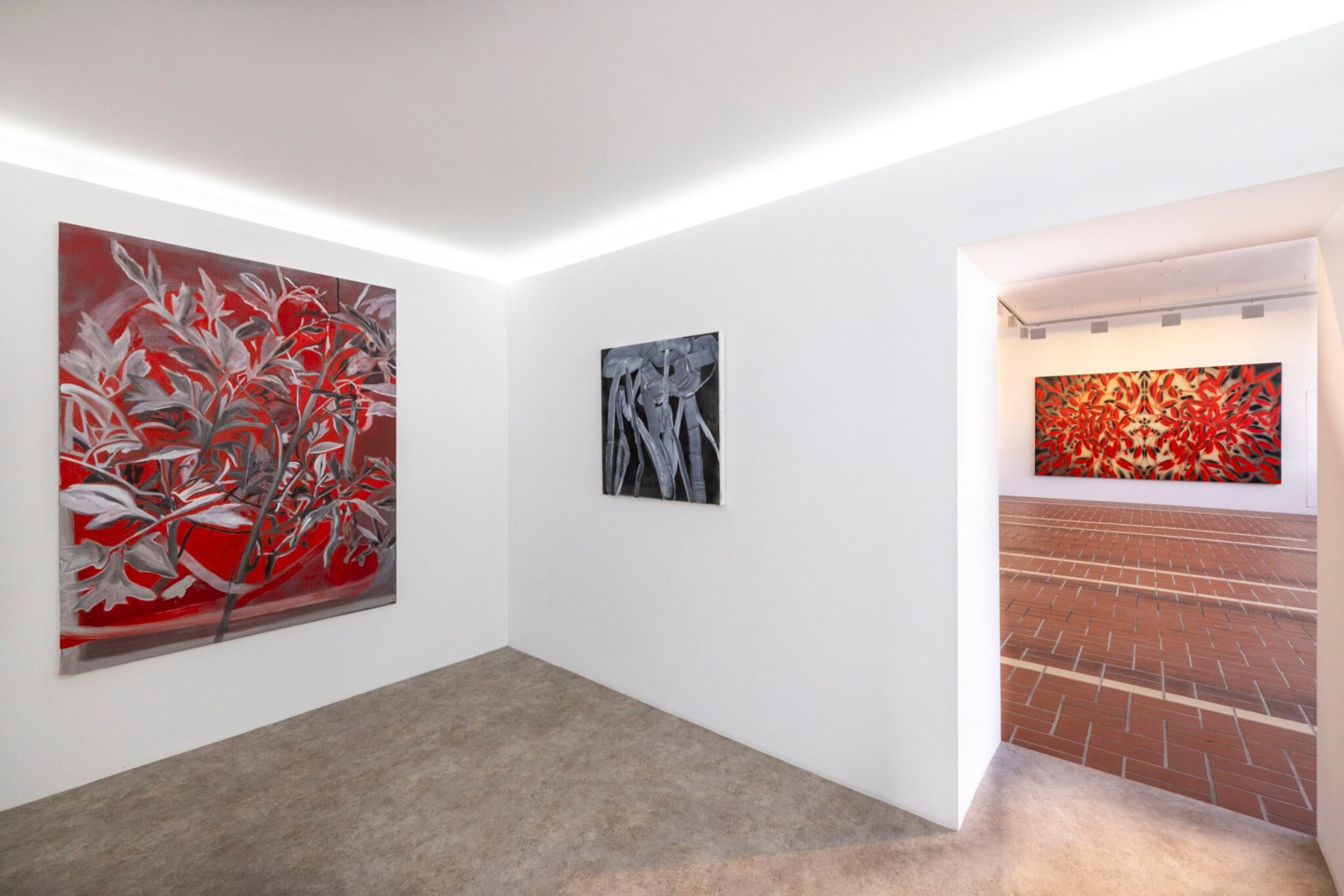
His flower paintings are compositions of light and dark that glide over a surface and end in the abstract. Light plays a major role in Bleckner's work: "I prefer to work the dark out of the light rather than lay it over the light. That's my optimism, the childish part of my brain. It wants to make things better, wants them to succeed." Because: "There's light at the end."
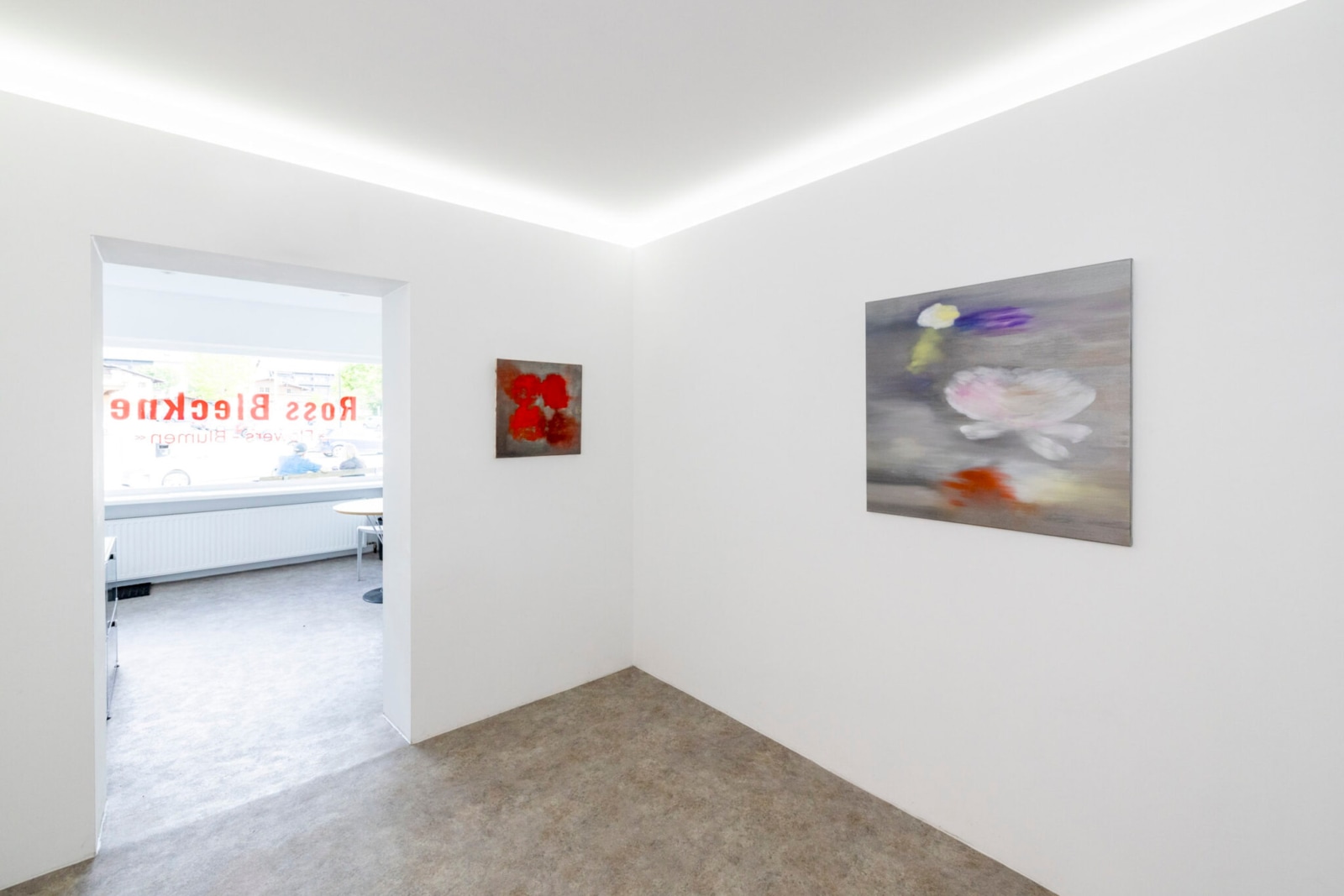
About Ross Bleckner
Ross Bleckner was born in New York in 1949. At New York University, where he studied with Sol LeWitt and others, he completed his Bachelor's degree in Fine Art before continuing his studies at the California Institute of the Arts.
His exhibition activities began as early as the mid-70s. When AIDS became a threat to him and his homosexual friends shortly afterwards, Bleckner dealt with this in his paintings. His Stripe Paintings, the Architecture of the Sky series and the Cell Paintings earned him a great deal of attention and he had his first solo exhibitions in major US museums such as the Museum of Modern Art in San Francisco. All of this took place in the 80s and 90s.
His first artistic highlight: in 1995, when Bleckner was 45 years old, the Guggenheim Museum in New York dedicated a mid-career retrospective to him as the youngest artist to date as part of a solo exhibition. His works can be seen in numerous major museums around the world: Museum of Modern Art and Whitney Museum of American Art, both in New York, San Francisco Museum of Modern Art, Martin Gropius Bau Berlin, Museo Nacional Centro de Arte Reina Sofia Madrid, Kunstmuseum Luzern, Zentrum Paul Klee, Bern, and others.